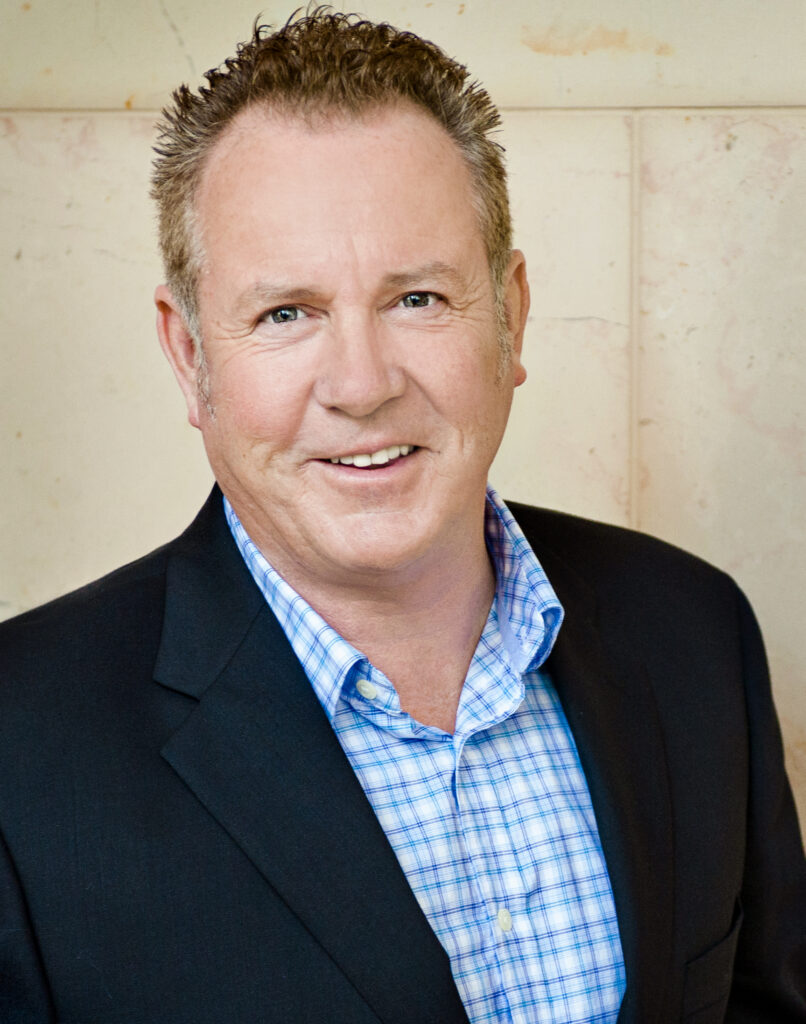Since the day our borders shut back in 2020, ATEC has consistently warned of the impact these realities would have on our ability to get back to business post-COVID and, right now, these realities are biting. Last month’s inbound arrival numbers show the number of short-term arrivals in Australia is about 80 percent of pre-COVID levels, with employment and visiting friends and relatives leading the numbers, but it’s when we delve deeper and look at the rebound of the leisure market, which has been stuck at roughly the same number since December, we can see there is a long way to go. Indeed, for the month of April, international holiday maker numbers are still only 41 percent recovered.
One of the key trends which seem to underpin this lag is proximity. For visitors in the UK, heading to Europe for the summer is as obvious and simple as us heading to the nearest coastal town. For Americans, Europe will always hold a significant pull and is relatively close and accessible.
When we look at recovery for these markets in Australia the story is quite different. The UK has recovered but is still almost 25 percent off its 2019 height while the US sits at 64 percent of its 2019 numbers. Yes, the conservative recovery of Japan and the yet to materialise ‘tsunami’ like potential of the China market recovery will ensure the pipeline of international visitors will grow, but it’s the pace of the growth that is biting many tourism businesses.
This is especially the case in regional Australia where inbound tourism has contributed significant visitor volumes and spend in the past.
The clear message emanating from the trenches is to adopt a conservative approach to growth over the next six to 12 months, keep a firm focus on costs and tightly manage business through a period where the trends are not necessarily our friend. We see the significant growth in the number of Australians travelling outbound contributing to softening in domestic tourism expenditure, not to mention the dampening effect of cost-of-living pressures.
With the inbound holiday sector on a slow road to recovery, it makes good sense to play a tight game over coming months in readiness for a significant period of growth as all markets recover fully towards the back half of 2024.






